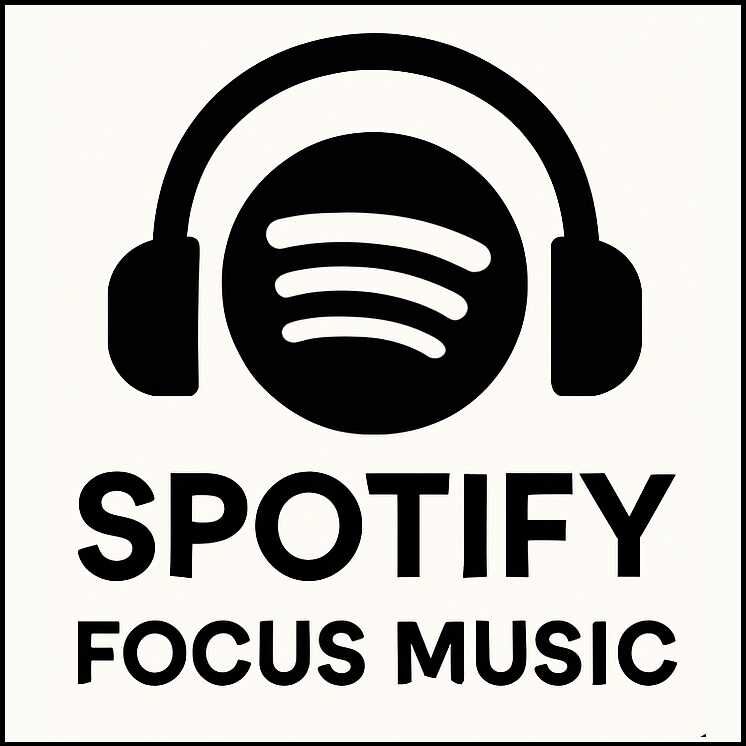Introduction: The Lo-Fi Phenomenon
In recent years, lo-fi music has evolved from an underground genre into a global cultural and productivity tool. From YouTube’s iconic “lofi girl” stream to millions of playlists on Spotify and Apple Music, lo-fi is now synonymous with study, focus, and calm. But does it really help you concentrate—or is it just a modern-day placebo?
This article explores the science, psychology, and sonic architecture of lo-fi music to answer a critical question: Can lo-fi really enhance cognitive performance and focus?
What Is Lo-Fi Music?
“Lo-fi” stands for low fidelity, referring to the imperfections intentionally kept in a recording—vinyl crackles, tape hiss, ambient room noise. These elements are combined with smooth beats, mellow chord progressions, and a nostalgic, often jazzy, aesthetic.
Typical lo-fi music characteristics include:
-
Warm, analog textures
-
Repetitive loops
-
Minimalist rhythm patterns
-
No vocals or soft vocal chops
-
Samples from jazz, soul, or old films
The genre is often instrumental, with a BPM (beats per minute) between 60–90, mirroring a resting heart rate and contributing to a calming effect.
The Rise of Lo-Fi Music as Study Soundtrack
Lo-fi gained its popularity as a background soundtrack for students, coders, and remote workers. Platforms like YouTube and Twitch feature 24/7 lo-fi radio streams with animated visuals—often of someone quietly working—inviting the listener into a virtual cocoon of focus and comfort.
The genre’s effectiveness has been widely discussed on Reddit, in blogs, and through informal feedback. But what does science say?
Cognitive Science: How Background Music Affects the Brain
1. The “Mozart Effect” and Its Limitations
Research into background music’s effect on cognition began with the Mozart effect, which suggested classical music could boost spatial-temporal reasoning. However, follow-up studies questioned its reliability, pointing instead to arousal and mood as the main drivers of improved performance.
2. The Role of Arousal and Emotion
According to the Yerkes-Dodson Law, performance increases with physiological or mental arousal—but only up to a point. Lo-fi’s mellow tones keep arousal in a productive zone: not too stimulating, not too dull.
3. Music Without Lyrics Enhances Focus
Multiple studies suggest that music with lyrics interferes with reading and memory, especially in tasks involving language. Lo-fi, being instrumental or only lightly sampled, minimizes this interference.
4. The Default Mode Network (DMN)
Listening to repetitive, relaxing music can suppress the default mode network—a brain system active during mind-wandering. Lo-fi music may help reduce distractions and internal noise, anchoring attention.
Lo-Fi Music vs. Silence: Scientific Findings
Study Example: Lo-Fi Boosts Creative Tasks
A 2021 study published in Psychology of Music compared silence, classical, and lo-fi music during focus tasks. Lo-fi music improved performance in creative problem-solving and sustained attention, while silence worked better for rote memorization.
Study Example: Lo-Fi Improves Study Endurance
Another 2022 study observed that students working with lo-fi music played in the background studied longer, took fewer breaks, and reported less mental fatigue than those without music.
Study Caveat: Not One-Size-Fits-All
Lo-fi may not be ideal for mathematical or logic-based tasks, where mental load is high and distractions (even gentle ones) can interrupt processing.
Why Lo-Fi Might Feel So Good
1. Nostalgia and Emotional Comfort
Lo-fi often includes jazz samples, VHS static, or anime-inspired visuals—stimulating nostalgic responses. Nostalgia is known to enhance mood and provide emotional regulation, which supports focus indirectly.
2. Predictability and Looping
Unlike pop or cinematic music that evolves and builds tension, lo-fi remains predictable. This lack of surprise creates a stable auditory environment ideal for deep work and study.
3. Low-Frequency Sound and Alpha Waves
Lo-fi beats typically emphasize low-frequency rhythms. These sounds are believed to encourage alpha wave activity in the brain—associated with relaxed alertness and focus.
Lo-Fi for Different Cognitive States
| Cognitive State | Is Lo-Fi Effective? | Why? |
|---|---|---|
| Reading | ✅ Yes | No lyrics, steady rhythm |
| Creative Writing | ✅ Yes | Stimulates mood, low interference |
| Coding | ✅ Often | Repetitive structure helps flow |
| Math/Logic Tasks | ⚠️ Maybe | May interfere for some users |
| Memorization | ⚠️ Mixed | Silence may be better |
The Importance of Personal Preference
Despite positive trends, individual responses vary. Factors include:
-
Personality traits (e.g., introverts may prefer silence)
-
Type of task
-
Familiarity with the music
-
Sensitivity to audio distractions
One person’s ideal focus soundscape may be another’s mental clutter. Experimentation is key.
Popular Lo-Fi Styles and Subgenres
-
Jazz-Hop – Heavily inspired by old jazz records; nostalgic and warm.
-
Chillhop – A fusion of lo-fi and chillout; more upbeat and sunny.
-
Ambient Lo-Fi – Soft textures, fewer beats; good for reflection.
-
Dark Lo-Fi – Minor keys and downtempo beats; atmospheric and introspective.
-
Nature Lo-Fi – Incorporates rainfall, wind, or birdsong; merges natural ambiance with rhythm.
Where to Listen: Platforms and Playlists
-
YouTube: Lofi Girl, College Music, Chillhop Radio
-
Spotify: “Lo-Fi Beats,” “Lo-Fi Study,” “Deep Focus”
-
Apple Music: Curated lo-fi stations
-
Twitch: Streamers use lo-fi for productivity or creative work sessions
-
Apps: Brain.fm, Endel, and Noisli include lo-fi-inspired algorithms
The Future of Lo-Fi: AI and Brain Science
As neuroscience evolves, so do lo-fi compositions. AI-driven apps like Endel and Brain.fm generate personalized focus soundtracks based on your circadian rhythm, task type, and even heart rate variability.
We may soon see lo-fi music not just as a productivity tool, but as a form of auditory cognitive enhancement, fine-tuned by real-time brain feedback.
Conclusion: So, Does Lo-Fi Really Help You Focus?
Science points to a cautious yes. Lo-fi music enhances focus for many tasks, especially those involving creativity, sustained attention, or language-light processing. Its minimalism, emotional tone, and predictable rhythms create an environment that supports flow and reduces distractions.
However, lo-fi is not a cure-all. The right soundtrack depends on the task, the person, and the moment. For some, silence is golden; for others, lo-fi is the modern monk’s chant.
Final Thought:
In a world overloaded with stimulus, lo-fi isn’t just a music genre—it’s a gentle act of defiance, a return to simplicity, and a companion in the pursuit of deep work.


